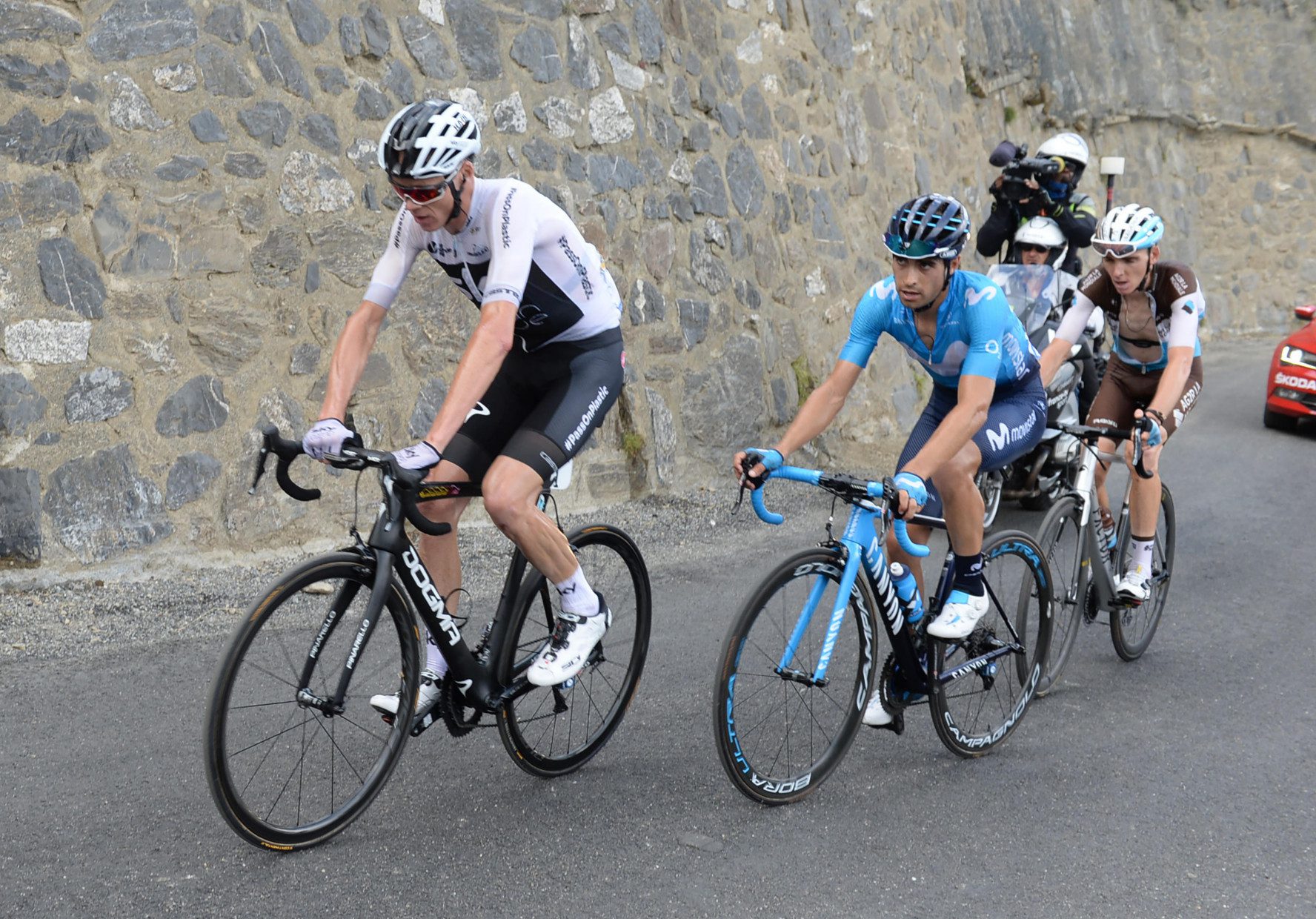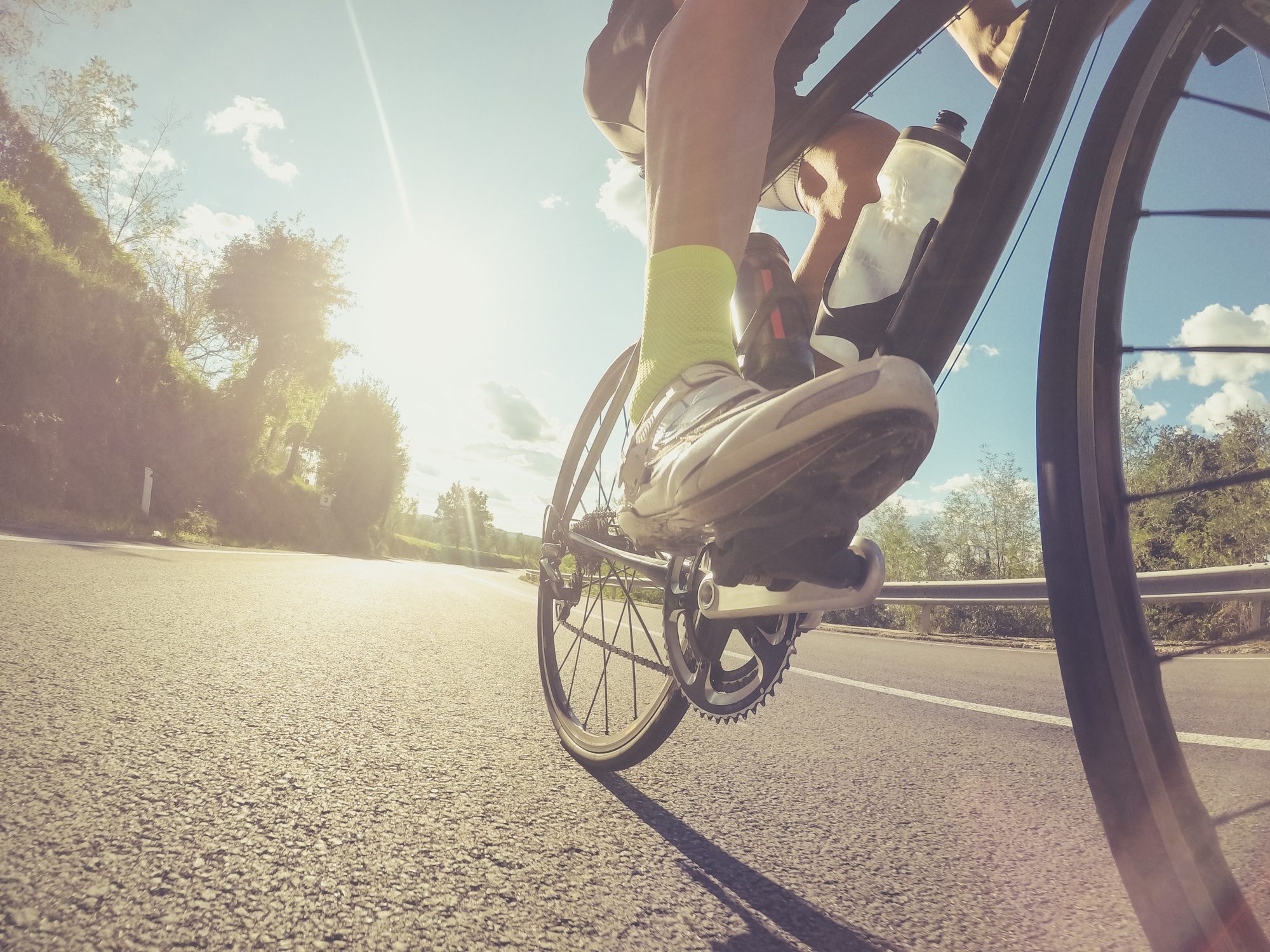Not all spinners are winners according to new study on cycling cadence
Researchers find high cadence pedalling is inefficient for recreational cyclists

Watch many of the worlds top cyclists and you will notice their extremely high consistent cadence when riding at very high intensity. Whether it’s Chris Froome and his Team Sky shredding the peloton to bits on a climb, Tom Dumoulin churning out a massive gear in a time trial or Peter Sagan smashing his rivals on the cobbles they all achieve huge power while keeping a high cadence. Many top pros will maintain a cadence above 100 rpm at times during training and racing. 
Recreational cyclists and amateurs adopt this style of riding at lower intensities with the idea that it too improves their efficiency but a new study published in the International Journal of Sports Medicine challenges this perception. It turns out, high cadence isn’t always the answer to being more efficient in the saddle.
Researchers at King’s College in London have actually discovered that oxygenation of thigh muscles is in fact negatively affected by cadence when recreational cyclists pedal at a high intensity. What this means is that amateurs are actually just wasting energy by spinning their legs at a higher RPM instead of churning out a bigger gear.
The caveat of the study was the sample size was only nine riders who are described as healthy and active individuals. The study was conducted on a stationary bicycle with riders exercising at a moderate intensity but pedalling at different cadences.
The researchers measured force exerted on the pedals, cardiopulmonary responses of their lungs and heart, metabolic rate, and the oxygenation in the thigh muscles using infrared spectroscopy.
The results may surprise proponents of high cadence cycling but may help recreational riders discover ways to become more efficient in the saddle. The researchers found that force exerted on the pedals decreased at higher cadences while heart race on average increased by 15 per cent. This means exercise efficiency in amateurs decreases when spinning faster.
Oxygenation decreased when the participants pedalled at the highest cadence tested which was 90 rpm. That means there was an overall decreased in exercise efficiency amoung the recreational cyclists at higher cadences. The lowest cadence tested was 40 rpm which is far below what cyclists would even use in daily riding on the road.
“Pedalling at cadence greater than 90 rpm is advantageous for professional cyclists, but appears inefficient for recreational cyclists,” explained the studies main author Federico Formenti from King’s College London. “When cycling at low exercise intensity, skeletal muscle oxygenation is mostly unaffected by cadence, indicating that the cardiopulmonary and circulatory systems can effectively meet the exercising muscles’ demand.”
What the study suggests is that recreational cyclists are better off pedalling at a lower cadence than spinning at a high cadence. The idea that smoother blood flow at high cadence improves muscle oxygenation proved to be false amoung amateurs at moderate intensities.
“However, at a greater exercise intensity, high cadence reduces recreational cyclists’ efficiency and skeletal muscle oxygenation, suggesting a reduced ratio between oxygen being delivered to and taken up by the exercising muscles,” Formenti said.
While the study focused on skeletal muscle oxygenation, other factors like joint health should also be considered when determining optimal cadence for recreational cyclists.

